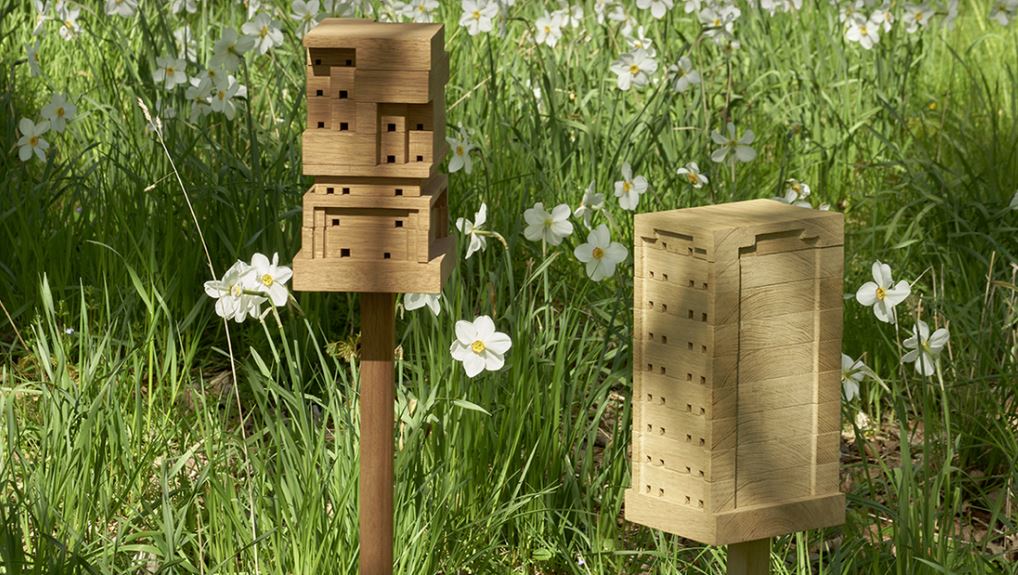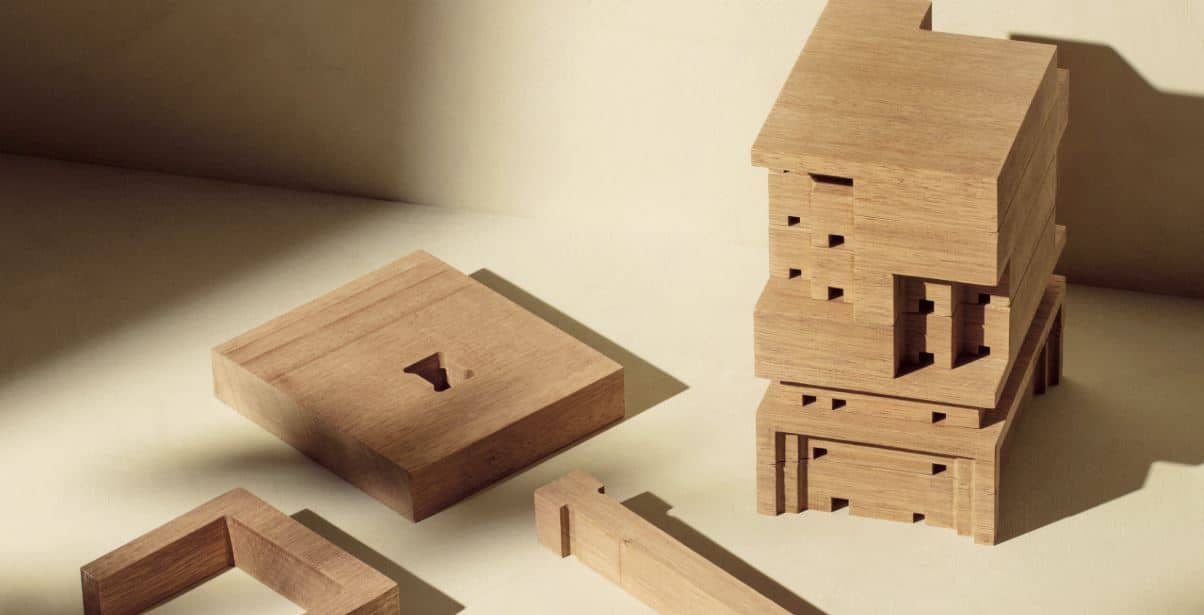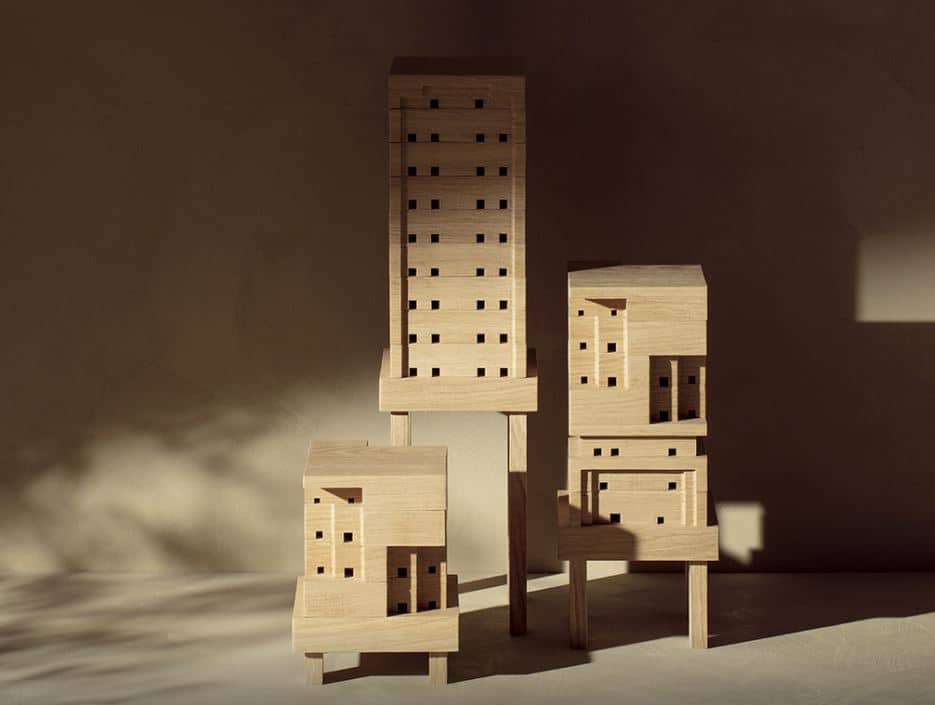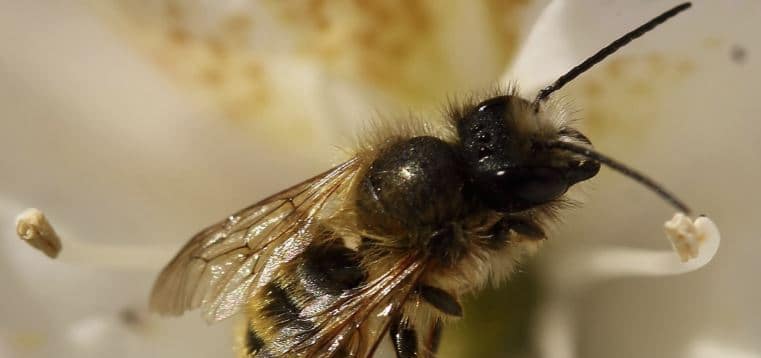-
Phone Number
-
Email Address
Planet Earth and our lives would be quite different if solitary bees did not exist. And if! Although we keep in mind that bees they are always in hives with many individuals, actually, there are many species of bees that are solitary.
For the flowers, for the trees, for the animals, and, of course, Of course, for the human being, we need them. In fact, a third of what we eat depends on these busy insects that they are great pollinators.
For years we have dedicated ourselves to destroying their homes and natural habitats to have our own cities and roads, confirming it in our blog. We have resorted to pesticides, chemical products and a thousand crazy things in the agriculture, causing the decline of natural ecosystems and flora they need to survive. Now it's time to start thinking about these great little saviors.

Not long ago, we saw the article on how the Netherlands converts bus stops into bee shelters. Today we are going to see how to build a bee hive solitary in an easy way and with a design spectacular…
Content menu:
This is where the Bee Home project comes in hand in hand with IKEA and his research startup SPACE10. The idea is simple! That we can build and assemble at home, our own hive to help the bees lonely.
Of course, only at the hands of IKEA can a beehive design that reminds us of architecture minimalist that we have observed so much throughout the history.

Details, modules, plans to download and facilities in the construction of the hive and assembly. enhances the practicality that IKEA has accustomed us when endeavors to show us that design is not at odds with nature.

To facilitate our work in the construction of the hive , the SPACE10 study has designed a guide interactive on the web that can be consulted from BeeHome and that we just have to follow the steps:

Later, it tells us if we want to take the files from Bee Home to a local workspace. if we put address, different collaborative FabLabs will appear. You can also join the community and register the project on a map.
The web offers us a map with geolocations of the Makerspaces. What are open workshops with access to a variety of tools for us to build the hive quickly and easily (many of these shops have computer controlled tools)
No tools are needed for assembly special, just your hands and a few minutes. remember the article about modular beehives for inside the house, it is very curious.
The materials to be used are preferably wood. as a rule In general, the denser and stronger it is, the longer it will last; As the oak, larch, cedar or mahogany (Use wood sustainable or local, is the best). The wooden plank must be preferably 3 cm thick (Everything is explained in instructions when you download the design)
Where to place the hive? … Can be placed anywhere place, as long as it is outdoors, facing the sun of the morning and less than 300 meters from the flowers. One has to make sure it is protected from strong winds and that holes remain horizontal at all times.
As today, there is everything on the Internet. We have searched for a video of how to create a bee shelter solitary that is easy and with very accessible materials…
Solitary bees are great pollinators: a single solitary bee could provide as much pollination as 120 bees. With nearly 90% of flowering plants dependent on pollination – including about a third of the world's food supply – solitary bees are vital for life on planet Earth.

Each female solitary bee is a queen. And like every queen, It has between 20 to 30 young. A single hive of bees could give life to hundreds of solitary bees that we need
Keep in mind that solitary bees are friendly, they do not produce honey and therefore have nothing to do with protect. They only sting if we dedicate ourselves to bothering them with win.